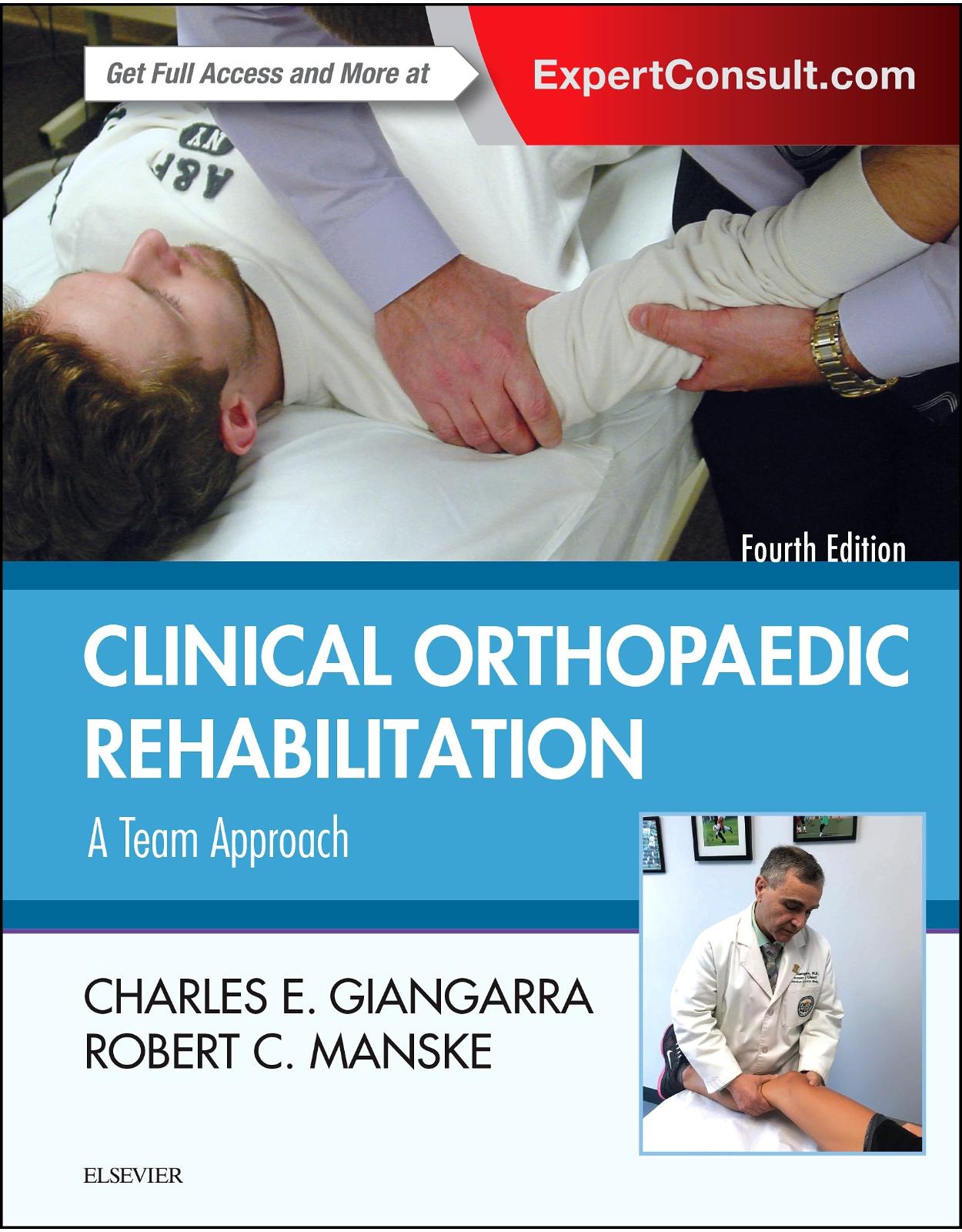
Clinical Orthopaedic Rehabilitation: A Team Approach, 4e
Livrare gratis la comenzi peste 500 RON. Pentru celelalte comenzi livrarea este 20 RON.
Disponibilitate: La comanda in aproximativ 4 saptamani
Editura: Elsevier
Limba: Engleza
Nr. pagini: 560
Coperta: Hardback
Dimensiuni: 3.2 x 22.9 x 28.6 cm
An aparitie: 2017
Description:
Evidence suggests a direct correlation between the quality of postoperative orthopaedic rehabilitation and the effectiveness of the surgery. Clinical Orthopaedic Rehabilitation, 4th Edition, helps today’s orthopaedic teams apply the most effective, evidence-based protocols for maximizing return to function following common sports injuries and post-surgical conditions. Charles Giangarra, MD and Robert Manske, PT continue the commitment to excellence established by Dr. S. Brent Brotzman in previous editions, bringing a fresh perspective to the team approach to rehabilitation.
- Every section is written by a combination of surgeons, physical therapists, and occupational therapists, making this respected text a truly practical "how-to" guide for the appropriate initial exam, differential diagnosis, treatment, and rehabilitation.
- Treatment and rehabilitation protocols are presented in a step-by-step, algorithmic format with each new phase begun after criteria are met (criteria-based progression, reflecting current best practice).
- Revised content brings you up to date with new evidence-based literature on examination techniques, classification systems, differential diagnosis, treatment options, and criteria-based rehabilitation protocols.
- Extensive updates throughout include new chapters on: medial patellofemoral ligament, shoulder impingement, pec major ruptures, thoracic outlet syndrome, general humeral fractures, foot and ankle fractures, medial patellofemoral ligament reconstruction, the arthritic hip, athletic pubalgia, and labral repair and reconstruction.
Table of Contents:
Section 1. Hand and Wrist Injuries
1. Flexor Tendon Injuries
Important Points for Rehabilitation After Flexor Tendon Laceration and Repair
Rehabilitation Rationale and Basic Principles of Treatment After Flexor Tendon Repair
2. Flexor Digitorum Profundus Avulsion (“Jersey Finger”)
Background
Treatment
Tendon-to-Bone Repair Considerations
Surgeon’s Preference
3. Extensor Tendon Injuries
Anatomy
Extensor Tendon Injuries in Zones 1 and 2
Extensor Tendon Injuries in Zone 3
Extensor Tendon Injuries in Zones 4, 5, and 6
Extensor Tendon Injuries in Zones 7 and 8
Mallet Finger (Extensor Injury—Zone 1)
4. Fractures and Dislocations of the Hand
Metacarpal and Phalangeal Fractures
Metacarpal Fractures
Phalangeal Fractures of the Hand
Proximal Interphalangeal Joint Injuries
5. Fifth Metacarpal Neck Fracture (Boxer's Fracture)
Background
Clinical History and Examination
Treatment
6. Injuries to the Ulnar Collateral Ligament of the Thumb Metacarpophalangeal Joint (Gamekeeper’s Thumb)
Background
Evaluation
Treatment
7. Nerve Compression Syndromes
Nerve Compression Physiology
Carpal Tunnel Syndrome
Bowler’s Thumb (Digital Neuritis)
Pronator Syndrome
Radial Nerve Compression
Ulnar Nerve Compression
8. Scaphoid Fractures
Background
Clinical History and Examination
Treatment
Rehabilitation
9. Triangular Fibrocartilage Complex Injury
Clinical Background
Classification
Diagnosis
Imaging Studies
Treatment
10. Metacarpal Phalangeal Joint Arthroplasty
Rehabilitation
Section 2. Rehabilitation After Total Elbow Arthroplasty
11. The Total Elbow
12. Rehabilitation After Fractures of the Forearm and Elbow
Fractures of the Radius and Ulnar Shaft
Both Bone Forearm Fracture Rehabilitation (Boland 2011)
Fractures of the Elbow
Radial Neck and Head Fractures
Simple or Complex Elbow Dislocations
13. Pediatric Elbow Injuries in the Throwing Athlete: Emphasis on Prevention
Introduction
Little Leaguer’s Elbow
Medial Tension Injuries
Lateral Compression Injuries
Posterior Compression Injuries
Prevention
USA Baseball Guidelines
14. Medial Collateral Ligament and Ulnar Nerve Injury at the Elbow
Anatomy and Biomechanics
Mechanism of Injury
Evaluation
Surgical Treatment
15. Treating Flexion Contracture (Loss of Extension) in Throwing Athletes
16. Post-Traumatic Elbow Stiffness
Definition
Classification
Heterotopic Ossification
Evaluation of the Stiff Elbow
Nonsurgical Treatment
Surgical Treatment
Postsurgical Protocol
17. Treatment and Rehabilitation of Elbow Dislocations
Rehabilitation Considerations
Anatomy and Biomechanics
Mechanism of Injury
Evaluation and Radiographs
Classification
Treatment
Complications
Rehabilitation Considerations
Results
18. Lateral and Medial Humeral Epicondylitis
Introduction
Epidemiology and Etiology
Clinical Examination of the Elbow
Anatomic Adaptations in the Athletic Elbow
Elbow Examination Special Tests
Treatment
Definitions: Tendinitis and Tendinosis
Eccentric Training Programs
Combined Exercise Programs
Rotator Cuff and Scapular Stabilization
Advanced Distal Upper Extremity Exercises for Rehabilitation of Humeral Epicondylitis
Return to Sport/Interval Return Programs
19. Forearm Upper Extremity Nerve Entrapment Injuries
Pronator Syndrome
Radial Nerve Compression
Ulnar Nerve Compression
Peripheral Nerve Rehabilitation
What I Tell My Patients
Section 3. Shoulder Injuries
20. General Principles of Shoulder Rehabilitation
Background
Shoulder Rehabilitation
21. Importance of the History in the Diagnosis of Shoulder Pathology
Structural Injury to the Rotator Cuff
Glenohumeral Instability
Detachment of the Superior Glenoid Labrum
Scapulothoracic Dyskinesia, Core Stability Deficits, and Other Fitness or Technique-Related Provocations
Adhesive Capsulitis ("Frozen Shoulder")
Calcific Tendinitis
Biceps Tendinosis
Acromioclavicular Degenerative Joint Disease
Glenohumeral Degenerative Joint Disease
Cervical Spine Pathology
Fractures
General Shoulder Rehabilitation Goals
22. Rotator Cuff Tendinitis in the Overhead Athlete
Anatomy and Biomechanics
The Throwing Cycle
Pathogenesis
History and Physical Examination
Imaging
Management
Summary
23. Rotator Cuff Repair
Type of Repair
Tear Pattern
Size of the Tear
Tissue Quality
Location of the Tear
Onset of Rotator Cuff Tear and Timing of the Repair
Patient Variables
Rehabilitation Situation and Surgeon’s Philosophic Approach
Acute Tears
Imaging
Examination
Treatment
Rehabilitation Protocol
Massive Rotator Cuff Repairs
Conclusion
24. Shoulder Instability Treatment and Rehabilitation
Introduction
Anatomic Considerations
Terminology
Diagnostic Evaluation: History, Physical Examination, and Imaging
Treatment Options
Postoperative Treatment and Rehabilitation
25. Adhesive Capsulitis (Frozen Shoulder)
Introduction
Typical Presentation
Treatment
26. Rehabilitation for Biceps Tendon Disorders and SLAP Lesions
Rehabilitation Rationale
History and Physical Examination
Treatment
Rehabilitation Considerations
27. Scapular Dyskinesis
Background
Treatment
28. Rehabilitation Following Total Shoulder and Reverse Total Shoulder Arthroplasty
Introduction
Surgical Aspects of Total Shoulder Arthroplasty
Subscapularis Precautions
Key Rehabilitation Concepts Following TSA
Outcomes of Traditional Shoulder Arthroplasty
Reverse TSA
Phase I—Immediate Postsurgical/Joint Protection Phase
Phase II—Active Range of Motion/Early Strengthening Phase (Weeks 6 to 12)
Phase III—Moderate Strengthening (Week 12+)
Phase IV—Continued Home Program (Typically 4+ months)
Summary
29. Upper Extremity Interval Throwing Progressions
Shoulder Injuries in Golfers
30. Shoulder Exercises for Injury Prevention in the Throwing Athlete
Rest and Recovery
Creating a Healthy Thrower's Shoulder
31. Glenohumeral Internal Rotation Deficiency: Evaluation and Treatment
Introduction
The GIRD Concept
Proposed Causes of GIRD
Consequences of GIRD on the Biomechanics of the Human Shoulder
Identifying GIRD
Prevention and Treatment of GIRD
Summary
32. Postural Consideration for the Female Athlete’s Shoulder
Ideal Posture
Faulty Posture
Treatment
33. Impingement Syndrome
Impingement Syndrome
Treatment
34. Pectoralis Major Rupture Repair
Introduction and Overview
Anatomy
Mechanism of Injury
Physical Examination
Injury Classification
Conservative versus Surgical Treatment
Postsurgical Rehabilitation
35. Thoracic Outlet Syndrome in the Overhead Athlete
Introduction
Thoracic Outlet Syndrome
Anatomic Relevance
Pathophysiology
Clinical Presentation with Examination
Conservative and Surgical Management
36. Proximal Humeral and Humeral Shaft Fractures
Proximal Humeral Fractures
Humeral Shaft Fractures
37. The Use of a Functional Testing Algorithm (FTA) to Make Qualitative and Quantitative Decisions to Return Athletes Back to Sports Following Shoulder Injuries
Functional Testing Algorithm Methods
Summary
Section 4. Foot and Ankle Injuries
38. Foot and Ankle Fractures
Introduction to Foot and Ankle Trauma
Ankle Fractures
Pilon Fractures
Talus Fractures
Calcaneus Fractures
Lisfranc Fractures/Dislocations
Metatarsal Fractures
The Neuropathic Patient
General Considerations
Phase I: Protection (Weeks 1 to 6)
Phase II: Mobilization (Weeks 6 to 8)
Phase III: Function (Weeks 8 to 12)
39. Ankle Sprains
Relevant Anatomy
Classification of Ankle Sprains
Diagnosis
The Injury and Healing Process
Treatment and Rehabilitation Protocol For Acute Ankle Sprain
Return to Activity Criteria After Acute Ankle Sprain
Prevention of Ankle Sprains
40. Ankle-Specific Perturbation Training
Chronic Symptoms After a “Simple” Ankle Sprain
41. Chronic Ankle Instability
Diagnosis
Treatment
42. Syndesmotic Injuries
Diagnosis
Classification of Syndesmotic Injury
Treatment
43. Inferior Heel Pain (Plantar Fasciitis)
Clinical Background
Anatomy and Pathomechanics
Myth of the Heel Spur
Etiology
Natural History
Bilateral Heel Involvement
Signs and Symptoms
Evaluation of Patients With Inferior Heel Pain
Treatment of Plantar Fasciitis
Rupture of the Plantar Fascia
44. Achilles Tendinopathy
Examination
Imaging
Achilles Paratenonitis
Achilles Tendinosis
Achilles Paratenonitis With Tendinosis
Insertional Achilles Tendinitis
Retrocalcaneal Bursitis
Treatment of Achilles Tendinopathy
Eccentric Achilles Training for Achilles Pathology
Eccentric Exercise Regimen
Operative Treatment
Postoperative Rehabilitation Progression After Achilles Tendon Débridement
Other Treatment Modalities for Achilles Tendinopathy
45. Achilles Tendon Rupture
Background
Clinical Signs and Symptoms
Treatment of Acute Rupture of the Achilles Tendon
Nonoperative Treatment of Acute Achilles Tendon Rupture
Operative Treatment for Acute Achilles Tendon Rupture
Rehabilitation After Operative Treatment of Acute Achilles Tendon Rupture
Chronic Achilles Tendon Rupture
Return to Sports Recommendations After Achilles Rupture
46. First Metatarsophalangeal Joint Sprain (Turf Toe)
Signs and Symptoms
Radiographic Evaluation
Treatment
Rehabilitation for Turf Toe
Section 5. Knee Injuries
47. Anterior Cruciate Ligament Injuries
Background
Treatment of ACL Injuries
ACL Rehabilitation Rationale
Other Rehabilitation Considerations After ACL Reconstruction
48. Perturbation Training for Postoperative ACL Reconstruction and Patients Who Were Nonoperatively Treated and ACL Deficient
Copers
Noncopers
49. Gender Issues in ACL Injury
ACL Injury in the Female Athlete
ACL Injury Prevention and Rehabilitation Programs in Female Athletes
50. Functional Testing, Functional Training, and Criteria for Return to Play After ACL Reconstruction
Risks With Early Return To Sport
Current Guidelines to Return to Sports
Targeting End-Stage Rehabilitation
51. Functional Performance Measures and Sports-Specific Rehabilitation for Lower Extremity Injuries: A Guide for a Safe Return to Sports
Functional Training
Functional Progressions
Functional Performance Measures/Tests
Functional Performance Testing Categories: Lower Extremities
Advanced Lower Extremity Sports Assessment
Limb Symmetry Index
52. Treatment and Rehabilitation of Arthrofibrosis of the Knee
Introduction
Prevention
Classification
Treatment
Results
Conclusions
53. Posterior Cruciate Ligament Injuries
Rehabilitation Rationale
Evaluation
Biomechanics of the Posterior Cruciate Ligament–Deficient Knee
Biomechanics of Exercise
Natural History
Rehabilitation Considerations
Patellofemoral Joint
54. Medial Collateral Ligament Injuries
Clinical Background
Mechanism of Injury
Diagnosis and Physical Examination
Radiographic Examination
Treatment of Isolated and Combined Medial Collateral Ligament Injuries
Rehabilitation After MCL Injury
55. Meniscal Injuries
Clinical Background
Meniscal Movement
Rehabilitation Considerations
56. Patellofemoral Disorders
Clinical Background
Clinical Pearls for Patellofemoral Pain
Classification
Evaluation of the Patellofemoral Joint
Clinical Tests for Patellofemoral Disorders
Important Points in Rehabilitation of Patellofemoral Disorders
57. Medial Patellofemoral Ligament Reconstruction
Anatomy
Pathogenesis
Treatment
58. Hip Strength and Kinematics in Patellofemoral Syndrome
Additional Patellofemoral Pain Syndrome Rehabilitation Considerations
Patellar Excess Pressure Syndromes (GPPS versus ELPS)
59. Overuse Syndromes of the Knee
History of Patellar Tendinitis (Jumper’s Knee)
Iliotibial Band Friction Syndrome
History and Examination
Predisposing Factors
Treatment of Iliotibial Band Friction Syndrome
60. Patellar Tendon Ruptures
Background
Anatomy and Biomechanics
Etiology
Clinical Evaluation
Rehabilitation Following Surgical Treatment of Patellar Tendon Rupture
61. Articular Cartilage Procedures of the Knee
Clinical Background
Types of Motion
Muscle Strengthening
Weight bearing Progression
Important Rehabilitation Considerations
Rehabilitation Protocol
Troubleshooting Techniques After Articular Cartilage Procedures
62. The Arthritic Knee
Classification
Diagnosis
Radiographic Evaluation
Treatment Options
General Considerations
Goals of Rehabilitation After Total Knee Arthroplasty
63. Total Knee Replacement Protocol
Section 6. Hip Injuries
64. Hip Injuries
Treatment of Intra-Articular Hip Pathology
Hip Arthroscopy
Postoperative Rehabilitation Following Hip Arthroscopy
Open Procedures of the Hip
Total Hip Arthroplasty
Preoperative Patient Education
Postoperative Physical Therapy
Skilled Nursing and Home Health Interventions
Outpatient Orthopedic Physical Therapy
Return to Sport
Sport-Specific Exercises for the Golfer with a Total Hip Replacement
Treatment of Extra-Articular Hip Pathology
Coxa Saltans
Gluteal Tears
65. The Arthritic Hip
Clinical Background
General Features of Osteoarthritis
Primary Symptoms and Signs of Osteoarthritis
Classification of Hip Arthritis
Diagnosis of Hip Arthritis
Treatment of Hip Arthritis
66. Total Hip Replacement Rehabilitation: Progression and Restrictions
Preoperative Management
Surgical Approach
Multimodal Pain Management
Hip Precautions
Postoperative Total Hip Arthroplasty Rehabilitation Programs
Weight bearing
Levels of Rehabilitative Care
Postoperative Protocol After Primary Total Hip Replacement
Return to Sport After Total Hip Replacement
Sport-Specific Exercises for the Golfer With a Total Hip Replacement
67. Groin Pain
Background
History
Examination
Treatment
68. Hamstring Muscle Injuries in Athletes
Considerations of Applied Anatomy and Biomechanics
Classification of Hamstring Injury
Etiologic Concerns
Physical Examination
Diagnostic Imaging
Hamstring Injuries Other Than Strains
Functional Progression and Return-to-Play Guidelines
Prevention
69. Athletic Pubalgia
Introduction
Epidemiology/Special Population (Athletic)
Clinical Presentation
Risk Factors
Differential Diagnosis
Anatomy
Physical Examination
Diagnosis
Management
Our Approach
Conclusion
70. Femoro-acetabular Impingement: Labral Repair and Reconstruction
Introduction
Relevant Anatomy
Conservative Management and Preoperative Rehabilitation
Surgical Treatment
Postoperative Rehabilitation Guidelines
Immediate Postoperative Rehabilitation
Outpatient Rehabilitation
Section 7. Spinal Disorders
71. Whiplash Injury: Treatment and Rehabilitation
The Whiplash Epidemic
Diagnosis
Treatment: Review of the Literature
Treatment of Acute Whiplash (0 to 3 Weeks)
Treatment of Subacute Whiplash (3 Weeks to 3 Months)
Treating Chronic Whiplash (3 Months and More)
72. Therapeutic Exercise for the Cervical Spine
Exercises to Improve Muscular Coordination, Endurance, or Strength
Exercises to Improve Muscular Coordination
Exercises to Improve Muscular Endurance or Strength
Exercises to Improve Repositioning Acuity, Oculomotor Control, or Postural Stability
Exercises to Improve Mobility
73. Treatment-Based Classification of Low Back Pain
Background
History
74. Core Stabilization Training
Anatomy
Mechanisms of Injury to the Core
Rehabilitation: Assessment and Intervention
Where to Begin: Formal Motor Skill Training
Incorporation Into Light Functional Tasks
General Functional Exercises
Dynamic, Progressive Functional Challenges
Conclusion
75. McKenzie Approach to Low Back Pain
Types of Pain
Activation of Pain
Stages of Tissue Healing
Intervertebral Disc
McKenzie Classification of Syndromes
McKenzie Evaluation
Intervention
Summary
76. Rehabilitation Following Lumbar Disc Surgery
Lumbar Disc Surgery
Current Best Evidence: Postdiscectomy Rehabilitation
The Postdiscectomy “Protocol”
Education
Exercise
Walking Program
Manual Therapy
77. Chronic Back Pain and Pain Science
Introduction
Current Models for Managing Chronic Spinal Pain
Important Issues in Understanding Pain
The Brain’s Processing of Pain
The Output Systems
Chronic Pain: Best Evidence Management
Conclusion
78. Spinal Manipulation
Defining Spinal Manipulation
Evidence for Spinal Manipulative Therapy
Clinical Prediction Rules
The Audible Pop
Spinal Positioning and Locking
Cervical Spine
Thoracic and Lumbar Spine
Safety and Manipulative Techniques
Contraindications and Precautions
Spinal Manipulation Techniques
79. Neurodynamics
Manual Therapy for the Nervous System
Adverse Neural Tension versus Neurodynamics
Neurophysiology in Neurodynamics
Nerve Sensitivity
Central Sensitivity
Clinical Neurobiomechanics
The Base Tests
Clinical Application of Neurodynamics
Neurodynamic Treatment
Summary
80. Spondylolisthesis
Definitions
Diagnosis
Treatment
81. Lumbar Spine Microdiscectomy Surgical Rehabilitation
Section 8. Special Topics
82. Running Injuries: Etiology and Recovery-Based Treatment
Gait: Walking and Running
Education
Building Capacity
Principles of Optimal Run Training
Summary
83. Running Injuries: Shoes, Orthotics, and Return-to-Running Program
Biomechanical and Anatomic Factors
Shoes
Patterns of Wear for Running Shoes
Orthotics
Medications
Surgery
Physical Therapy and Rehabilitation
Return-to-Running Algorithm 2 (Miller’s Recommendations)
Summary
84. Tendinopathy
Medical Methods of Treatment
Physical Therapy
Index
| An aparitie | 2017 |
| Autor | Charles E Giangarra, Robert C. Manske |
| Dimensiuni | 3.2 x 22.9 x 28.6 cm |
| Editura | Elsevier |
| Format | Hardback |
| ISBN | 9780323393706 |
| Limba | Engleza |
| Nr pag | 560 |
-
46600 lei 43900 lei

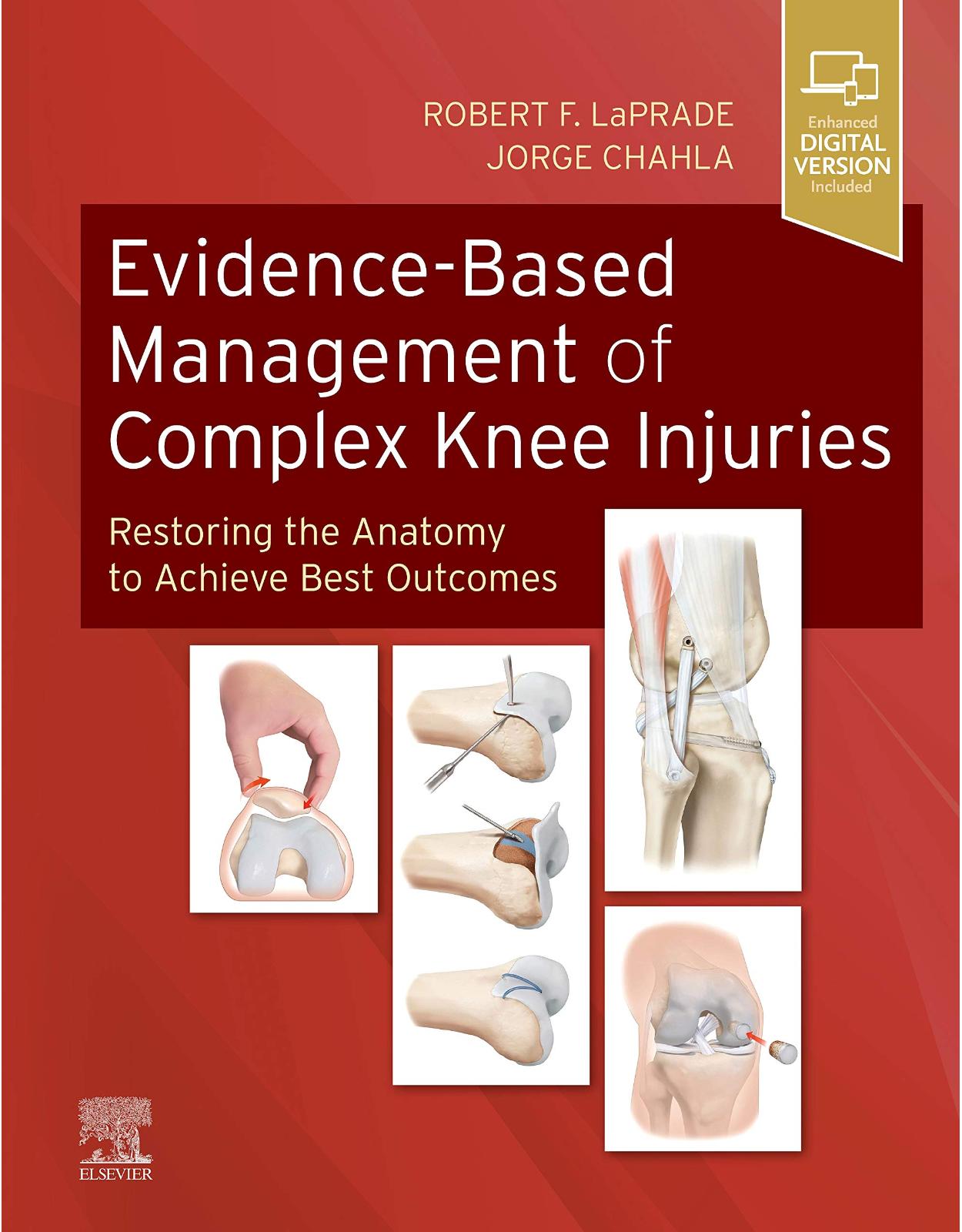
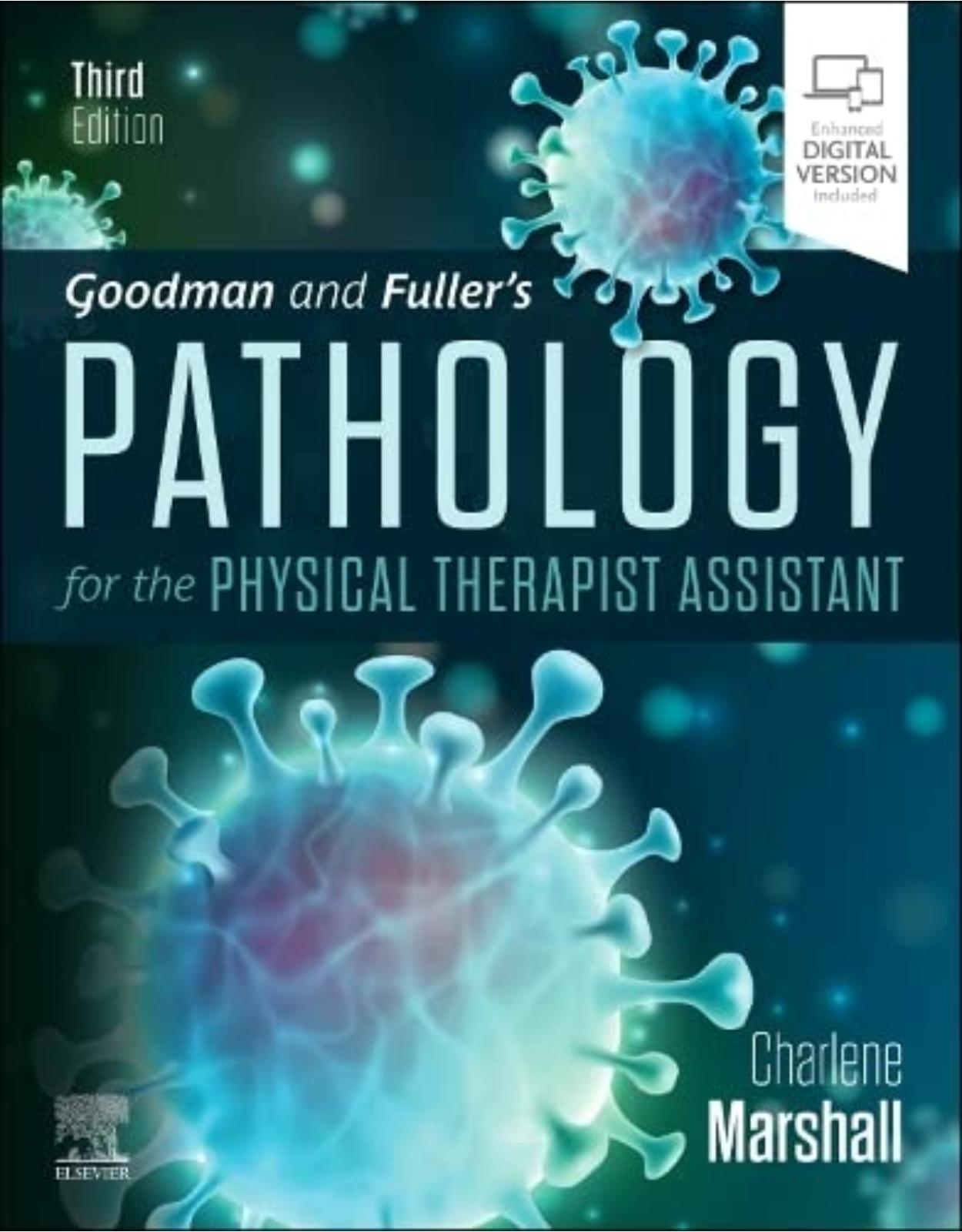
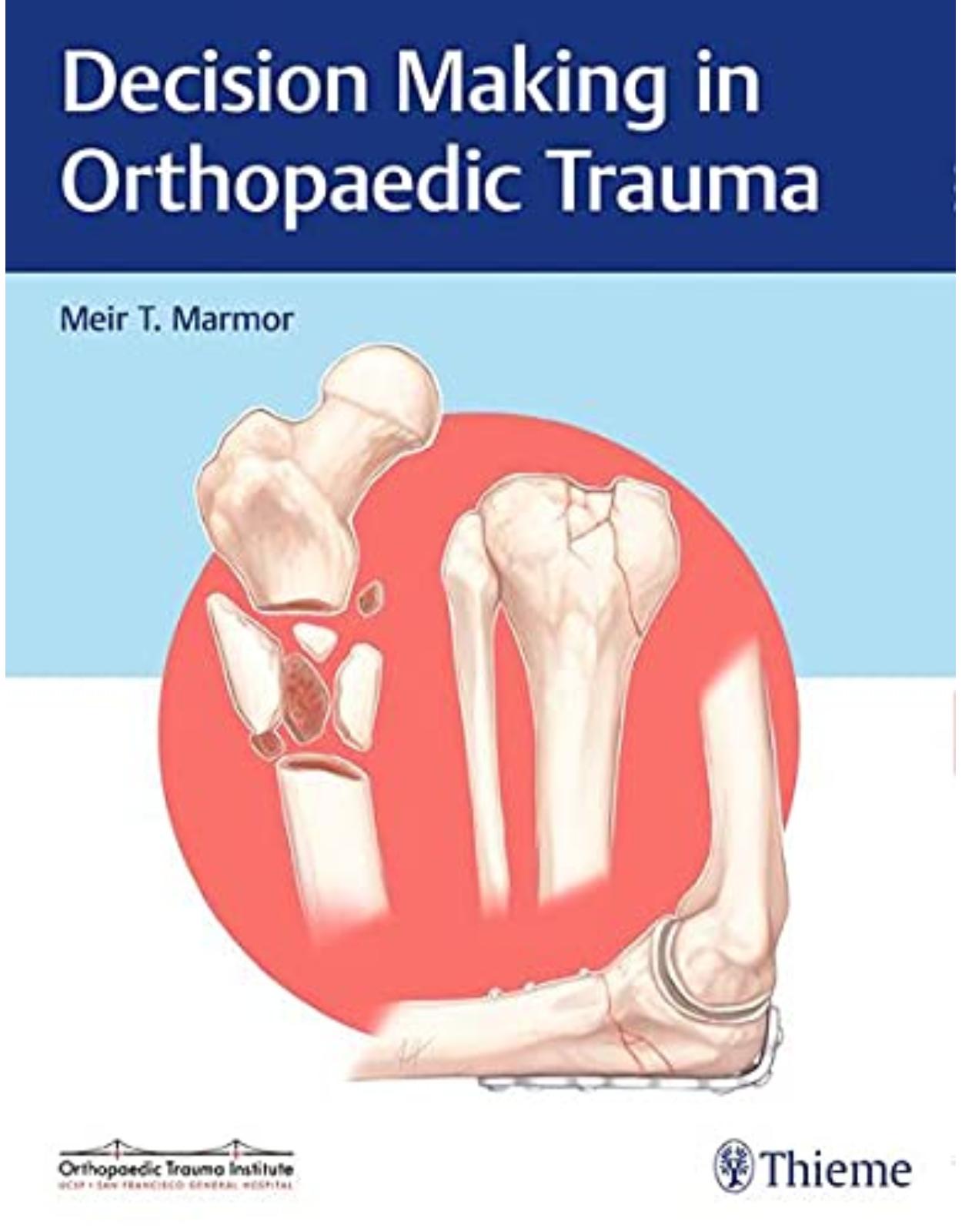
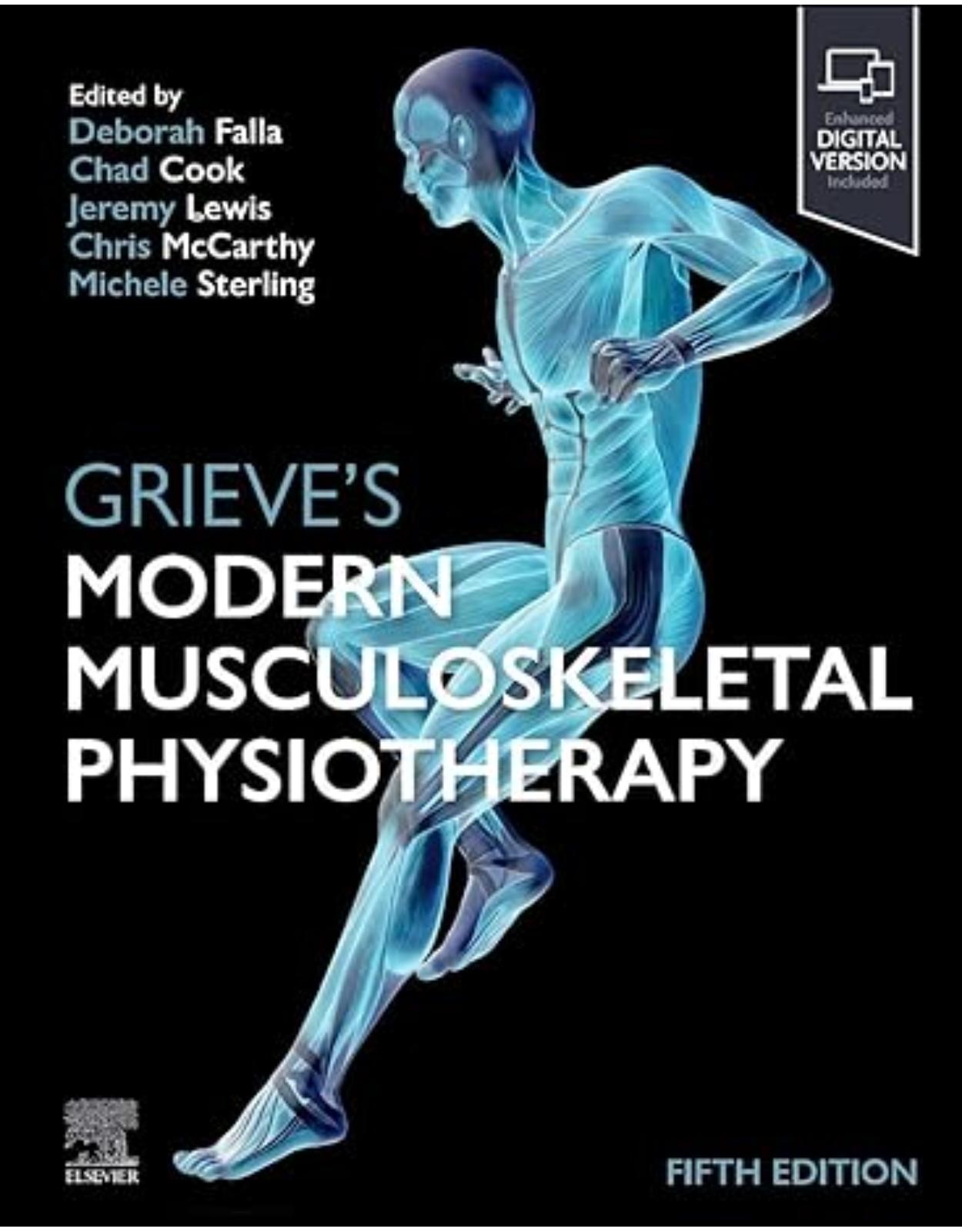
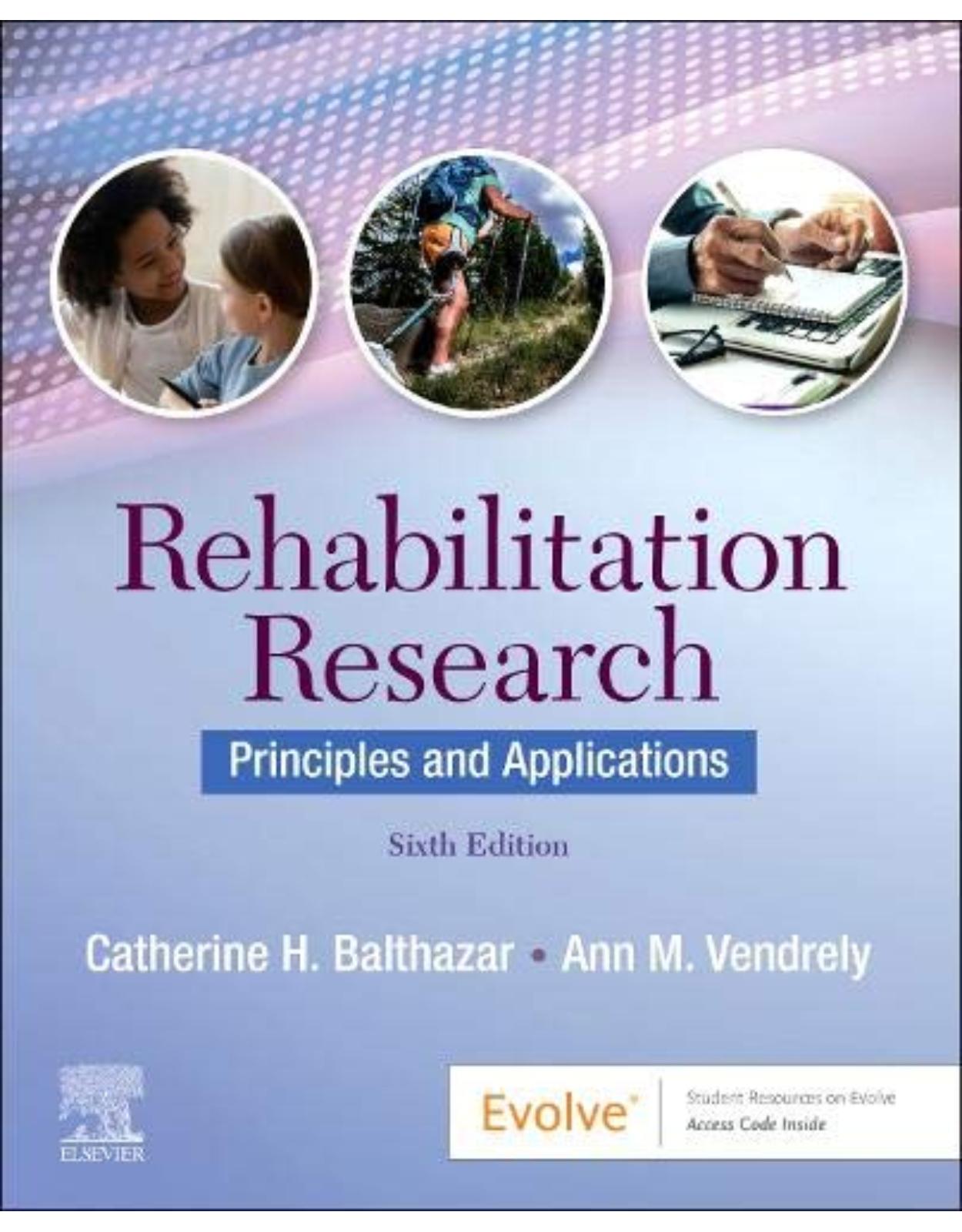
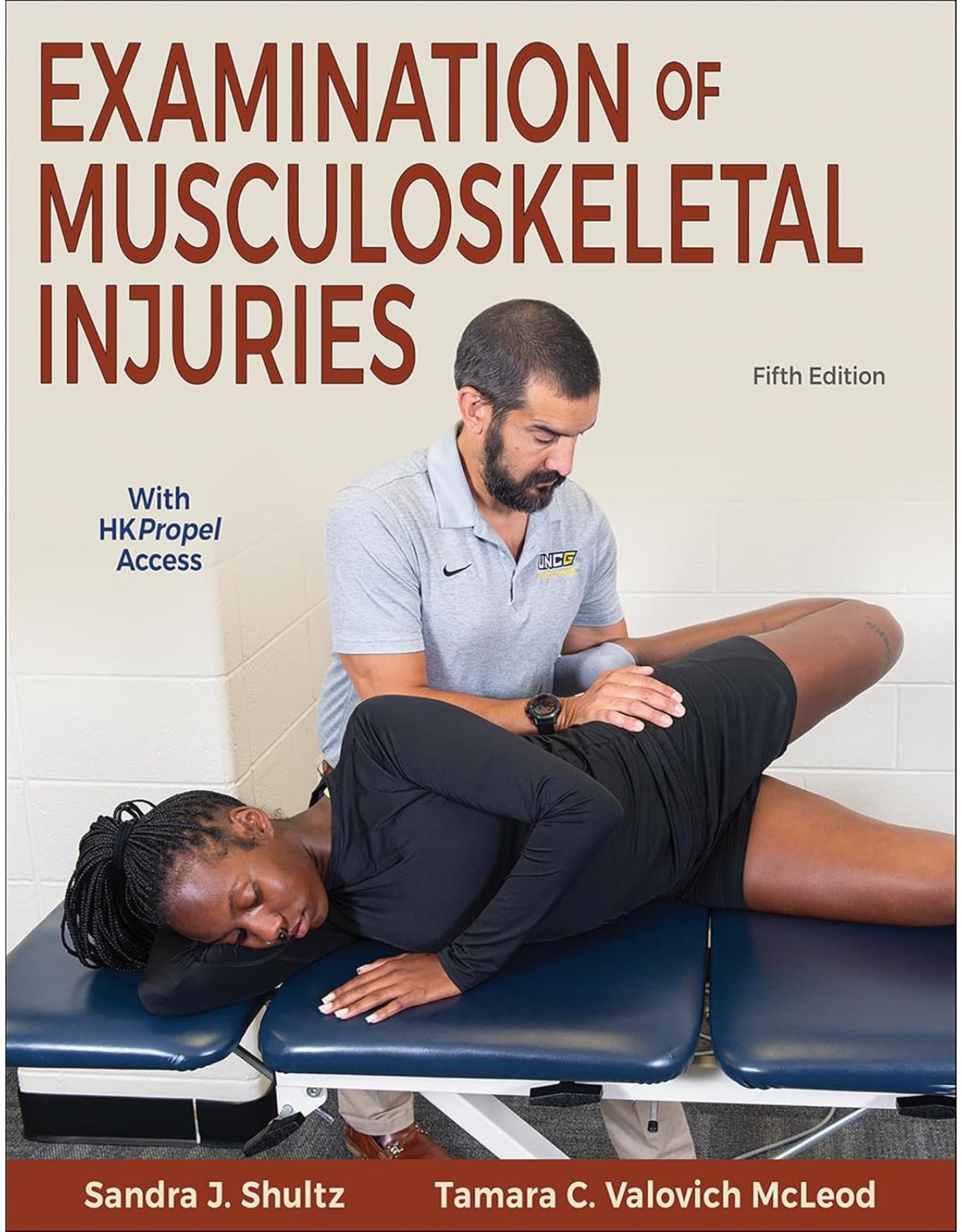
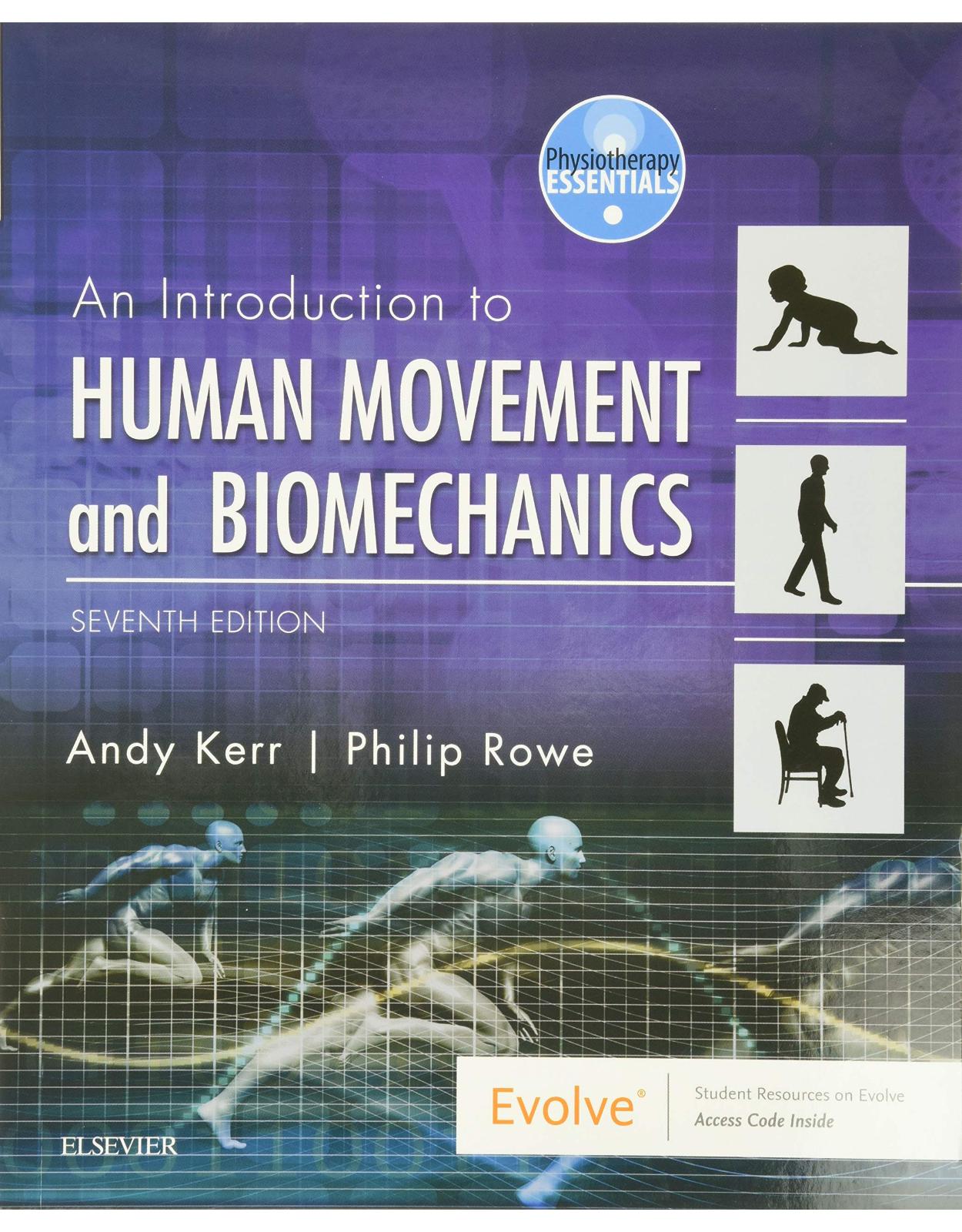
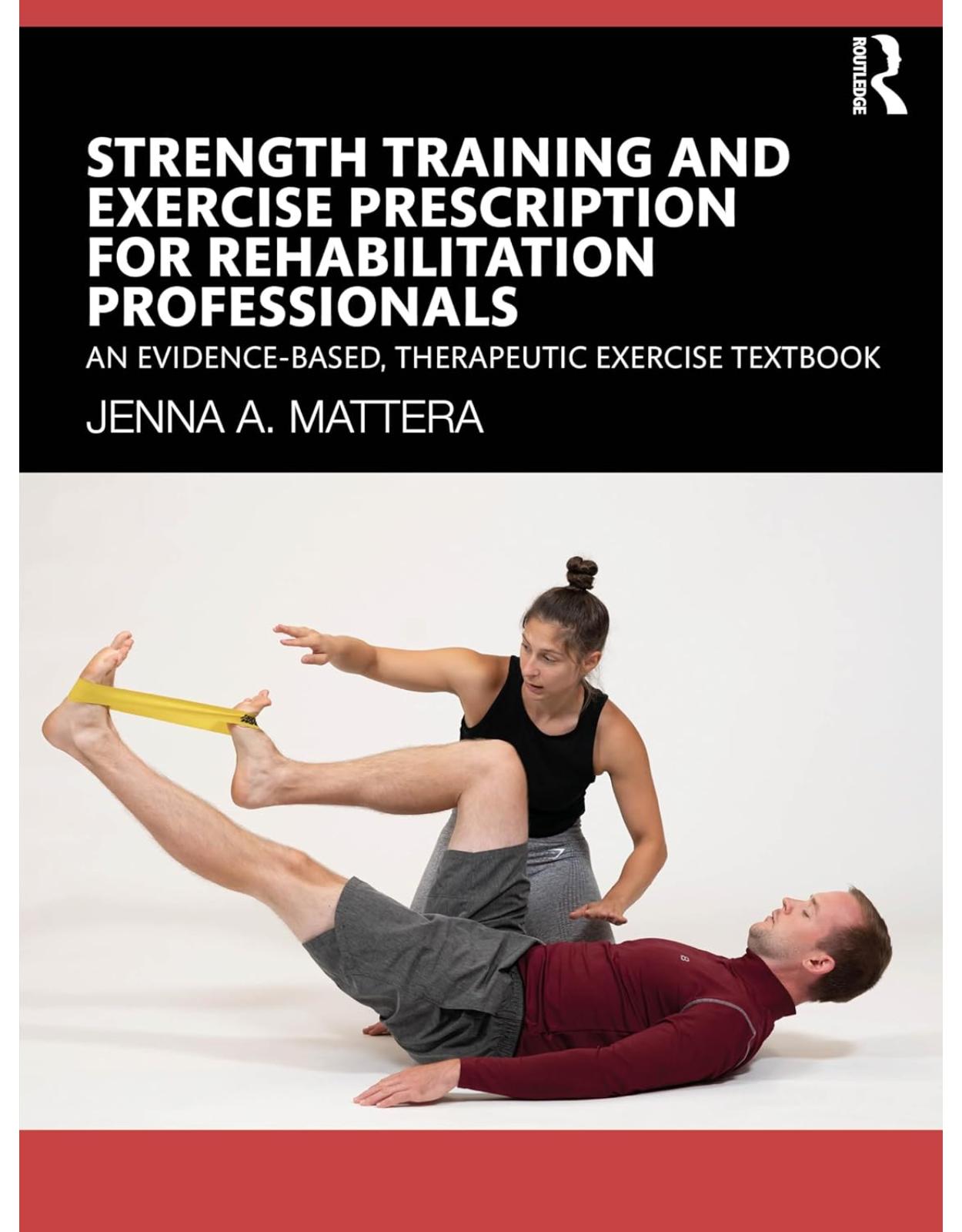
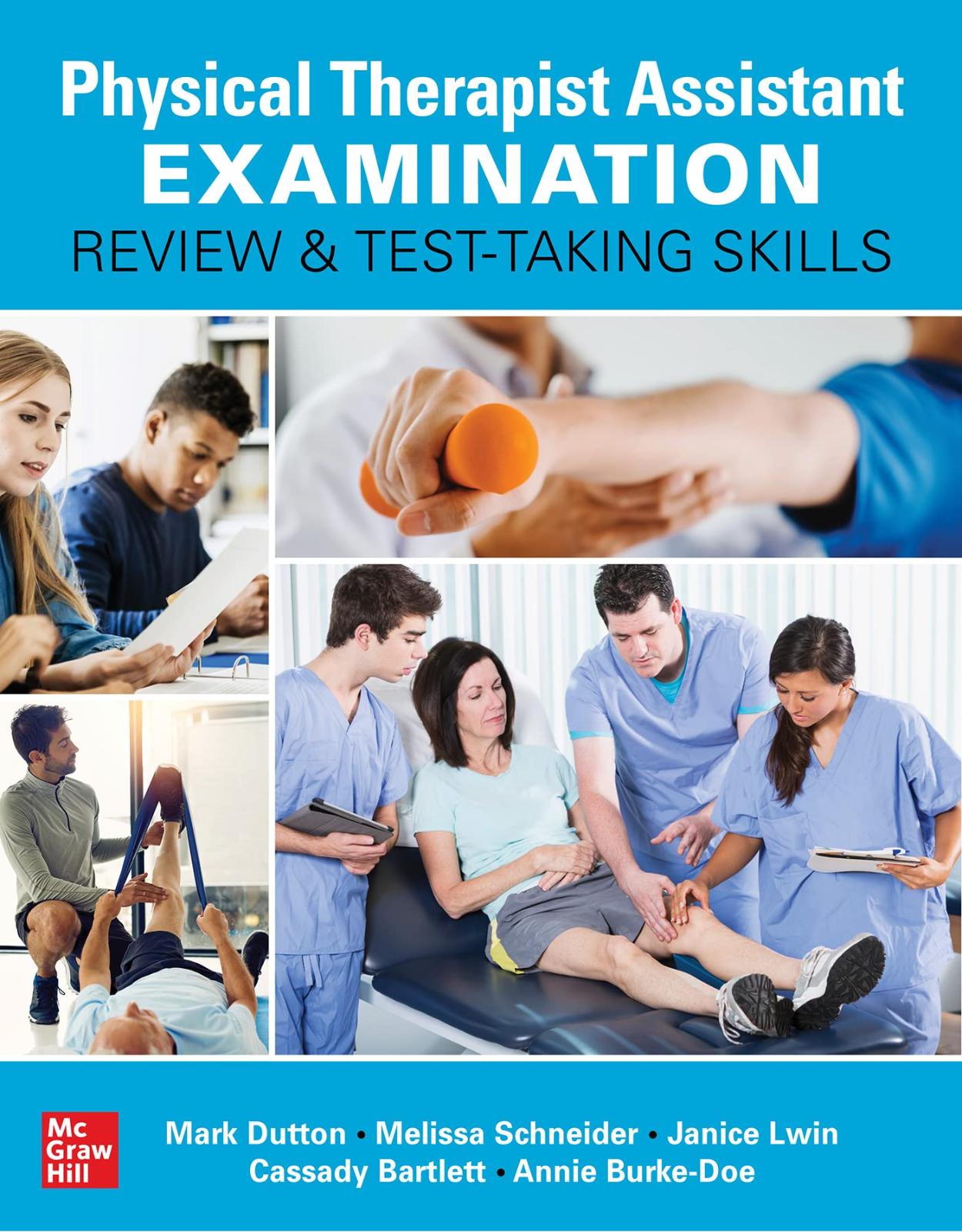
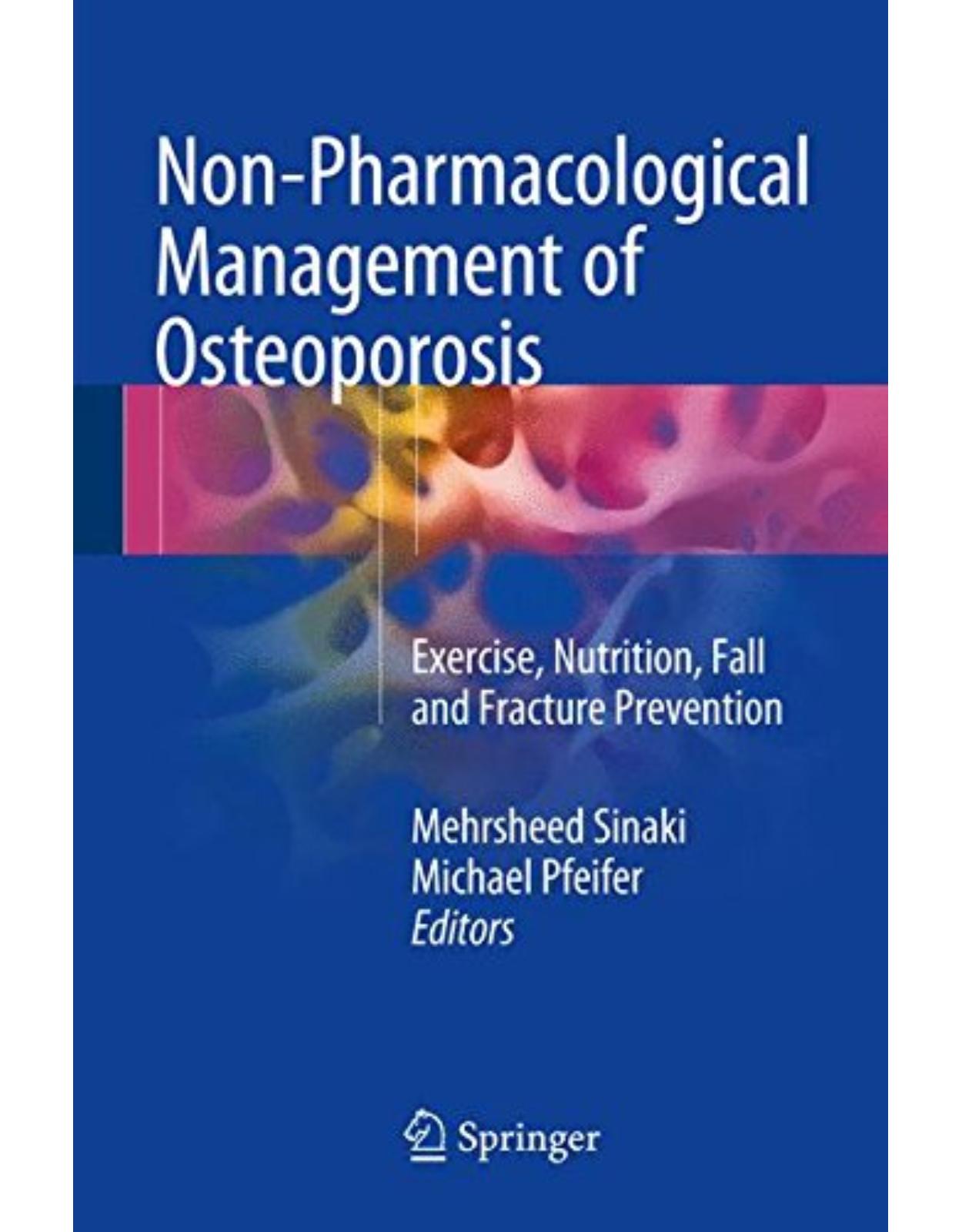
Clientii ebookshop.ro nu au adaugat inca opinii pentru acest produs. Fii primul care adauga o parere, folosind formularul de mai jos.